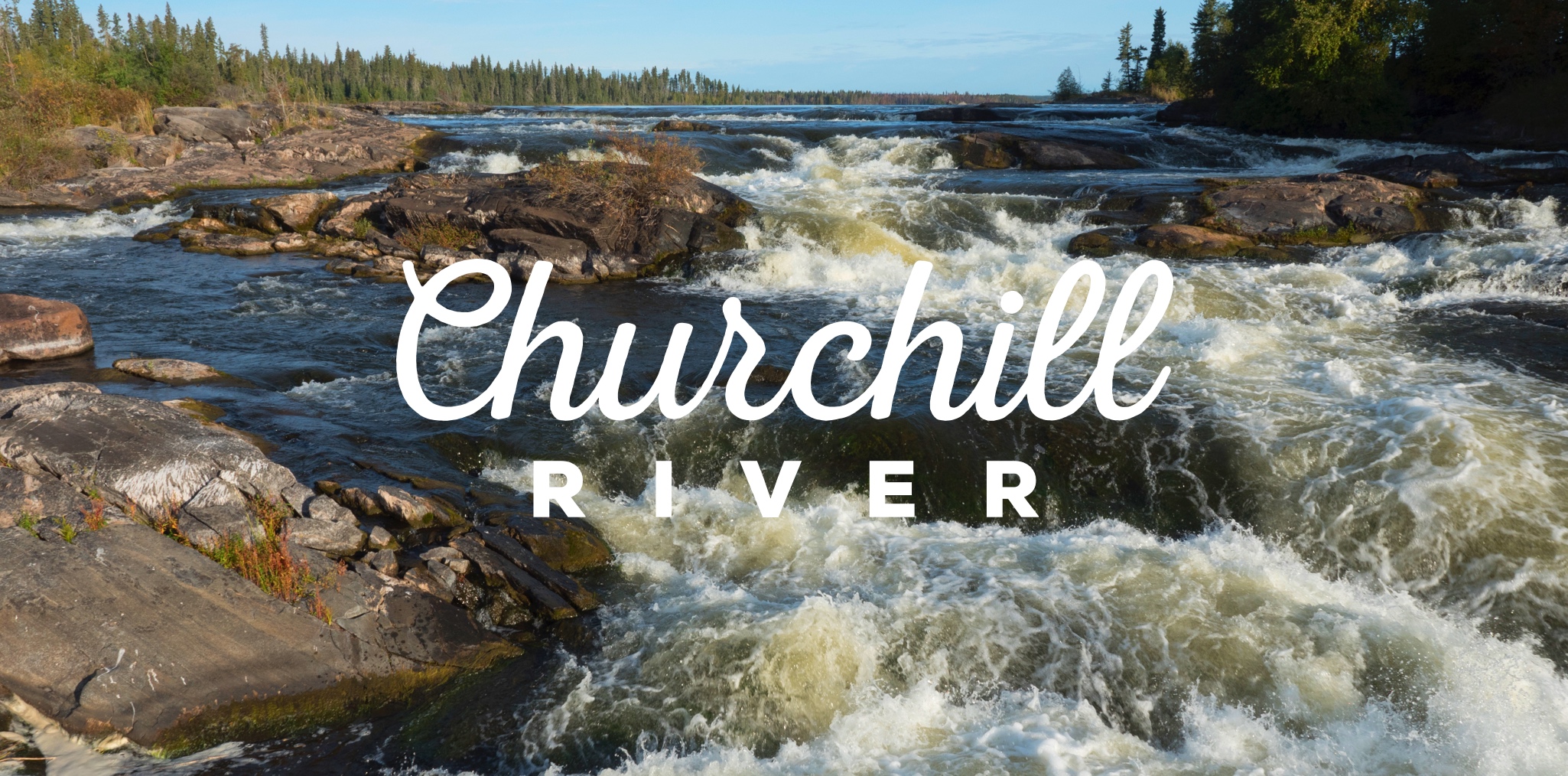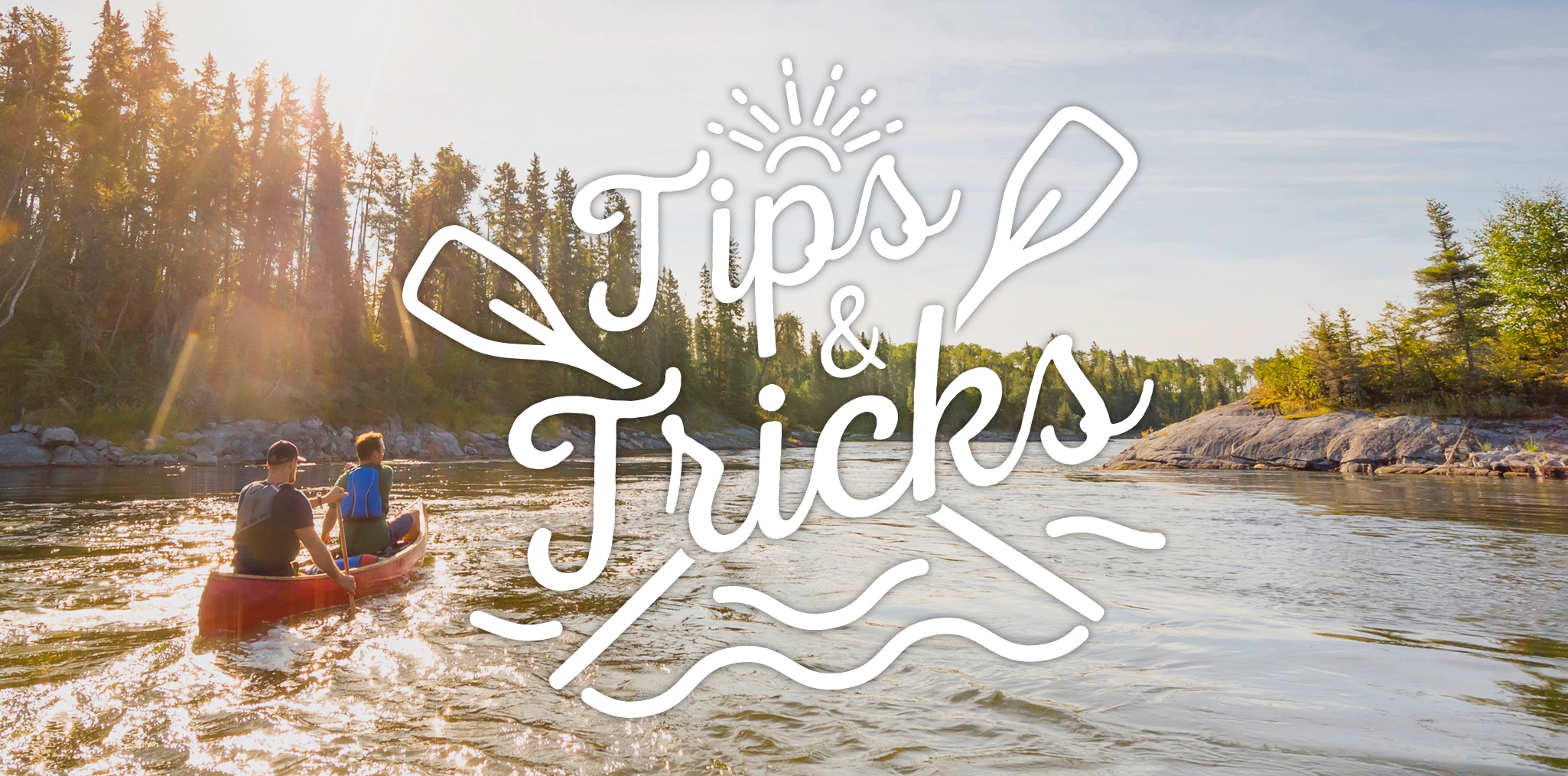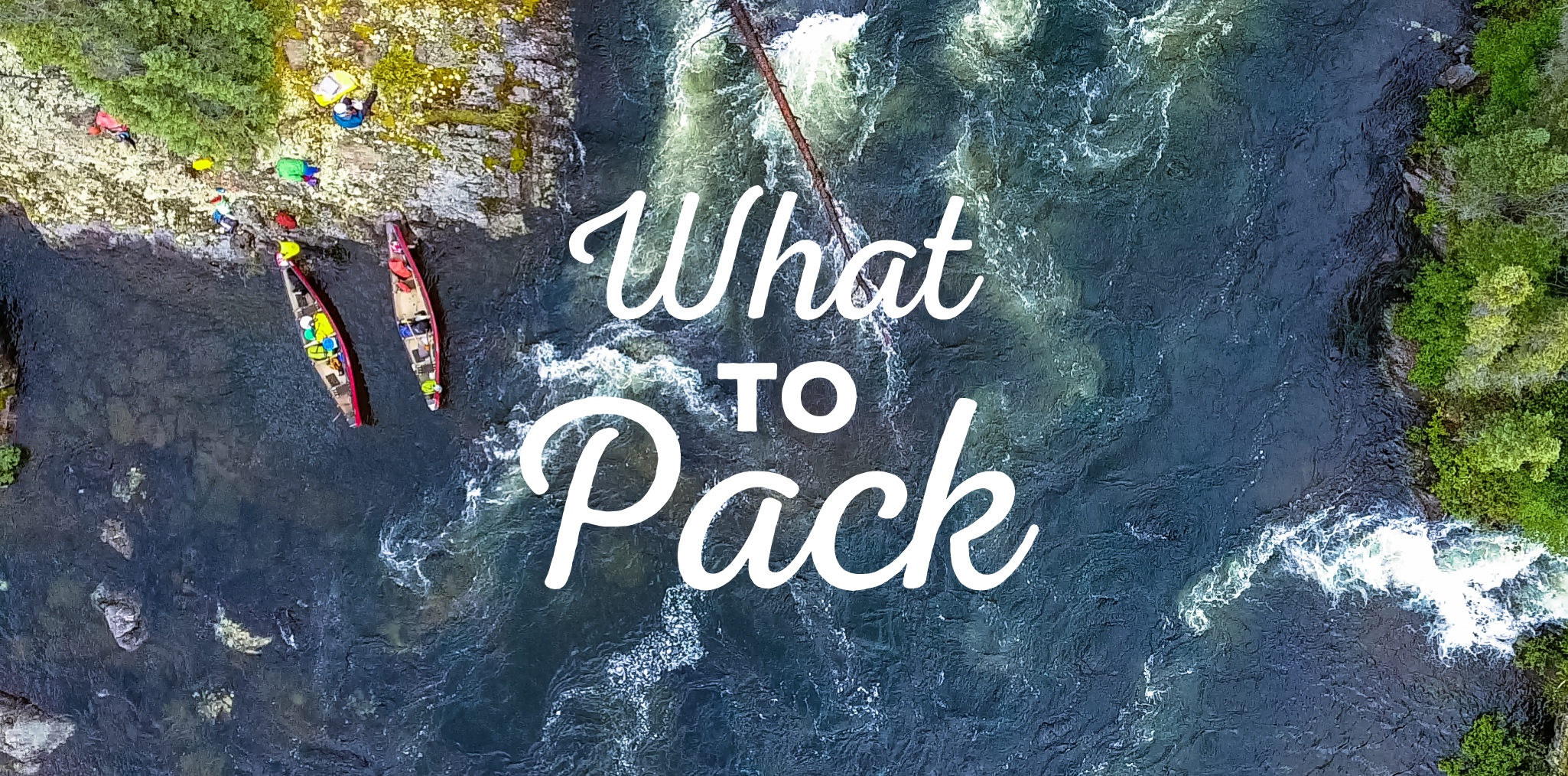Your first Churchill Adventure
The wilderness of Churchill River offers lots of opportunity for wild adventure, while also being very easy-going—making the Churchill the perfect river for any group to explore. We’ve put together a quick guide to the Churchill based on information, experiences and tips from Ric Driediger, owner of Churchill River Canoe Outfitters, to help you get ready for your very own Churchill adventure.
- was created by the joining of two tributaries: the Beaver River—flowing through the Meadow Lake area, and the La Loche Creek—starting at Loche Lake, flowing south. The two join at Ile-a-la-Crosse, forming Churchill River.
- is the only river in Canada that runs across the grain of the Canadian Shield.
- has a unique design. Most people think of rivers as flowing water confined by banks. Churchill River is different. It is a series of lakes joined by rapids, falls and fast water. Once you go through a little section of rapids or falls, you’re on to the next lake!
- is relaxing. Back in the 1700s, fur traders often travelled through difficult upstream waters in Saskatchewan, such as the Sturgeon-weir River. When they reached Churchill River they could finally unwind. There, it didn’t matter which direction they were going or whether they should go upstream or downstream because they were on a lake. If they hit rapids, they were able to portage around them.
- is all Saskatchewan water. In the southern half of Saskatchewan, rivers originate in the mountains, but Churchill River is made up of 100% Saskatchewan water.
- Match your skill level: Make it short, make it long: You can plan the length of your canoe trip according to your skill level. A 15 km route may take a full day for a beginner, but only a few hours for an experienced paddler. Plan whatever is best for you and your group!
- Anyone can do it: But you’ll want to plan your route depending on how comfortable you are and how much time you've spent paddling. If you're really skilled, the Churchill offers big, challenging rapids to run. If you’re a beginner paddler, every rapid has an easy portage around it. This is a river for all skill levels.
- Do your homework: The more you know about the Churchill, the more fun you’ll have! When you read up on the area before your trip, you’ll understand your surroundings when you’re on the water, and you’ll see how the land has changed over the years. Some of the islands you see were actually mountains before the lakes were formed.
- Slow season: While high-season for Churchill trips is May through August, the middle of July is usually the slowest time of the summer—if you want more of the Churchill to yourself.
- Use a map: While many of us don’t use them anymore, paper maps actually show a much bigger picture of the Churchill area and help you see more interesting things to explore ahead. Save the GPS for the occasion that you find yourself lost—it’s the best way to get back on your route.
- Watch the black flies: Late May to early June is black fly season—and they certainly are pesky. Want to avoid the flies? Hold your paddle blade over your head. Black flies don’t like to fly underneath things. You’ll create a black fly-free zone!
- Marvel in the waterfalls: The Churchill has wonderful waterfalls. The North Falls, Twin Falls and Robertson Falls are really worth visiting. Want to see them all? Plan a circle pass route though the falls and then back to Missinipe—making for a great three to five-day trip.
- Navigation is key: Paddling the Churchill, you’re surrounded by hundreds of islands, twists and turns. It can be very easy to get lost, and it’s important to pay attention.
- Watch the wildlife: Even though you’re in Northern Saskatchewan—don’t expect to see too many moose, bears or caribou. These animals are shy and stay inland. Keep your eyes peeled for fish-eating animals, such as pelicans, bald eagles, golden eagles, ducks, loons, otters and mink.
Tarps
Rainy days happen. You can set up your tarp, sit underneath it, and still enjoy being outdoors until the rain passes. Get a campfire going, put a pot of coffee on, and you’ll really enjoy the rain.

Garbage bags or stuff sacks
If it's raining or if you get water in your canoe—it’s nice to know that your sleeping bag is still going to be dry! Opt for a stuff sack and double garbage bags for your belongings. Put your garbage bag inside your stuff sack rather than outside it to make sure the bags are protected, because it’s really easy to get a bunch of holes in your garbage bag.

Dry bags
These are basically big, rubber canoe packs. Put the things that you think you’ll need to access during the day in a dry bag at the front of your canoe for easy accessibility.
Lifejackets
Make sure you have one that fits you properly, and that you’re comfortable in it! Most canoe outfitters can provide you with a lifejacket if you don’t have your own.
Map
Your map is your best friend! Grab one from your outfitters. You can even get waterproof maps.
To start planning your Churchill adventure, check out Churchill River Canoe Outfitters for more information.






